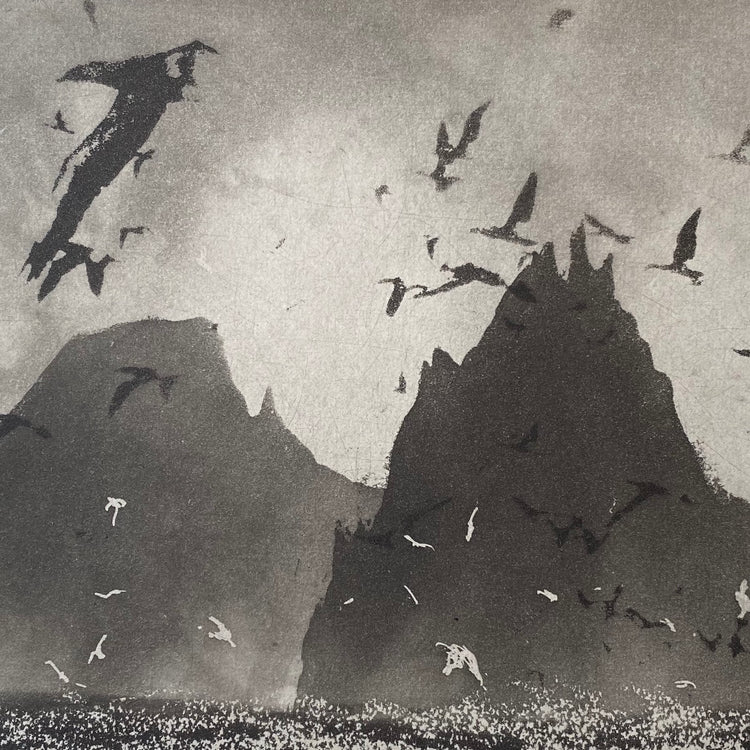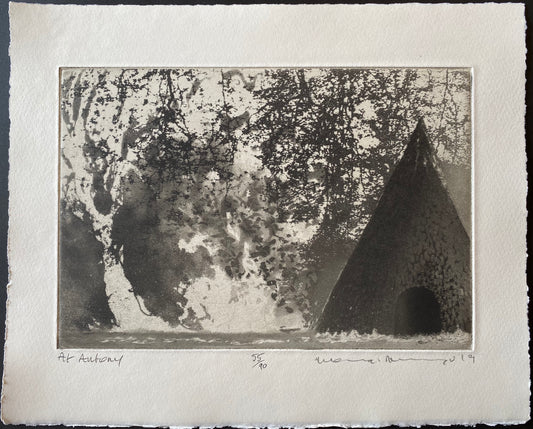Whilst we still retain an extensive archive of Norman’s work, his family have asked us to suspend sales for the present.
We will continue to exhibit his work until such time as sales will recommence.
NORMAN ACKROYD CBE RA
by John Bell
Norman Ackroyd was one of the most accomplished intaglio printmakers of our age, a master of his medium, particularly in his use of aquatint and sugar lift. Predominantly a landscape artist, he was drawn to the rugged coastlines and outlying islands of Britain’s west coast. An incessant worker, he leaves behind a legacy of superlative etchings, oils and watercolours in collections of national importance including The Tate Gallery; the Museum of Modern Art, New York; the Rijksmuseum, Amsterdam; the British Museum; the Royal Collection and the National Galleries of Canada, Norway, Scotland and South Africa.
He was born to a butcher’s family in Leeds and attended Cockburn High School where he showed enough early promise for his art teacher to hand him the keys to there Art Room and tell him to “get on with it”. Encouraged by his mother and to the dismay of his father, he won a scholarship to Leeds College of Art and thence to the Royal College of Art where he studied etching under Julian Trevelyan and made lifelong friends with Zandra Rhodes and David Hockney. “We brought our Yorkshire accents and work ethic with us. We were always the first in at 8am."
After a spell teaching in America, he returned to the UK to take up a post at the Central School of Art and Design, where he met fellow teacher and wood engraver Blair Hughes Stanton. He was elected to the Royal Academy in 1991 and awarded the CBE for services to printmaking in 2007.
All his images stem from sketches made in situ, often being buffeted by Atlantic seas whilst precariously balanced in a small boat. He would invite a handful of friends, fellow artists, poets, musicians, historians or archaeologists to join him to make the evenings convivial and instructive. I have been fortunate to have been on several of these trips, watching Norman sketch from a 5am dawn start until landfall at 9pm. A large cabinet in his studio held hundreds of these sketchbooks and Norman would pull one out after supper, smile and say “Let’s revisit Blacksod Bay” and then relive the sights, sounds, smells and incidents in precise detail.
He was fascinated by the etching process, quoting William Blake’s ‘...the infernal method by corrosives… melting apparent surfaces away, and displaying the infinite which was hid.” A purist, he scorned acid-free methods. “Etching is about acid. Rembrandt knew it. Durer knew it. Goya knew it. Picasso knew it. Hockney knew it. I know it.” He always made his own grounds and mixed his own inks and was a master of every aspect of achieving his perfect print.
He loved to share his enthusiasms and was extraordinarily generous with his time, encouraging and supporting others. One of his last acts was to create a Foundation for printmakers to ensure that his studio remains a centre for printmaking. His love of poetry led to friendships and collaborations with Seamus Heaney, Andrew McNeillie, Kevin Crossley-Holland, Douglas Dunn and Stewart Conn. Music was important to him and one of his few indulgences was to buy a Steinway piano which he played every day.
He was a nifty footballer, enjoyed playing cricket - he was a cunning medium pace bowler for the Private Eye team - and a keen golfer. Whatever he did, he did with positive enthusiasm. His friends will have vivid and fond memories; everyone can share the artists legacy of a truly remarkable printmaker.
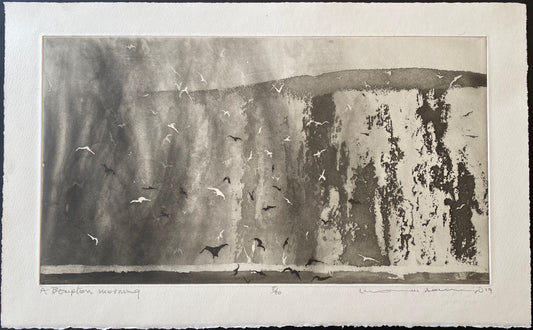 Please enquire
Please enquire Please enquire
Please enquire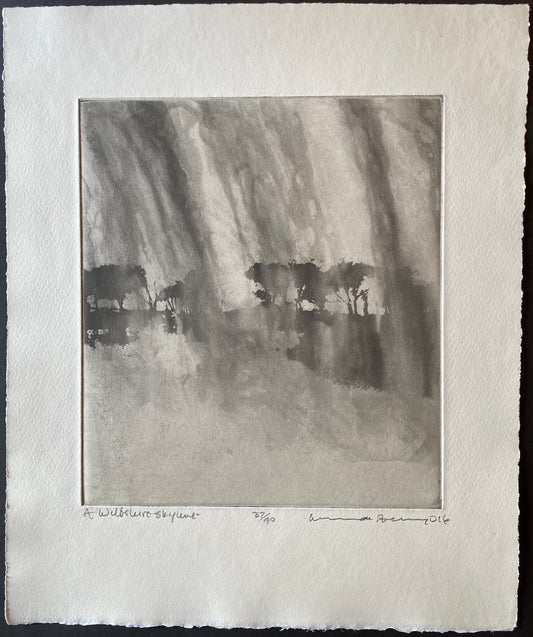 Please enquire
Please enquire Please enquire
Please enquire Please enquire
Please enquire Please enquire
Please enquire Please enquire
Please enquire Please enquire
Please enquire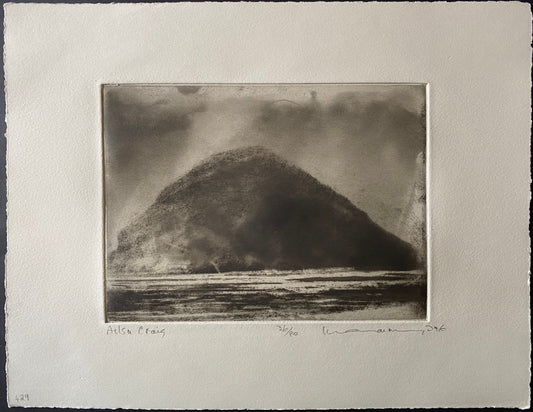 Please enquire
Please enquire Please enquire
Please enquire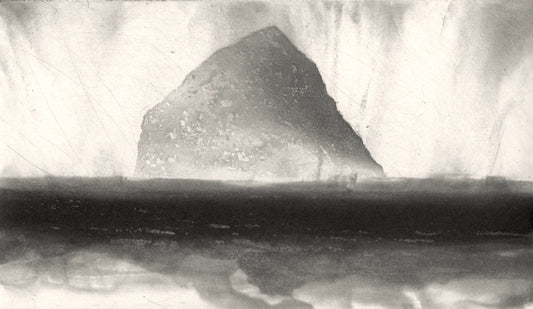 Please enquire
Please enquire Please enquire
Please enquire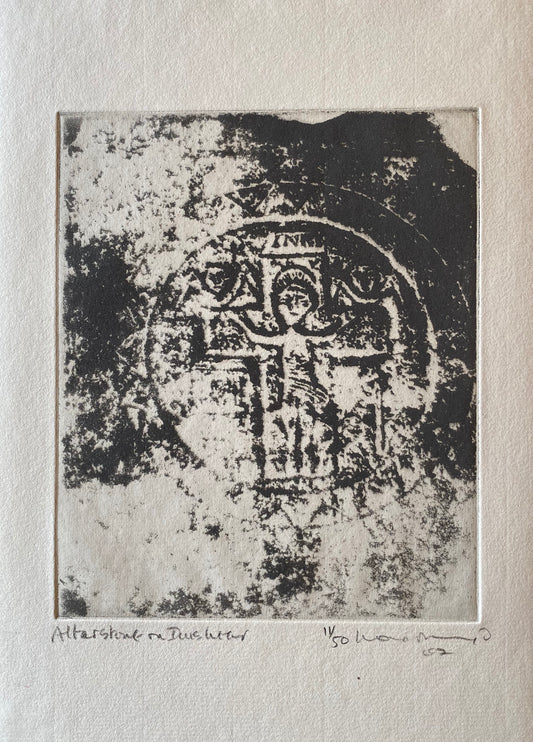 Please enquire
Please enquire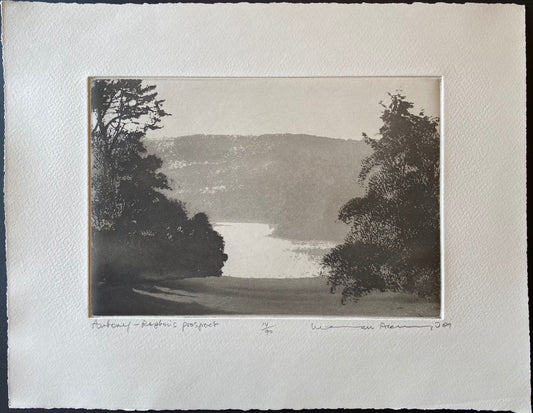 Please enquire
Please enquire Please enquire
Please enquire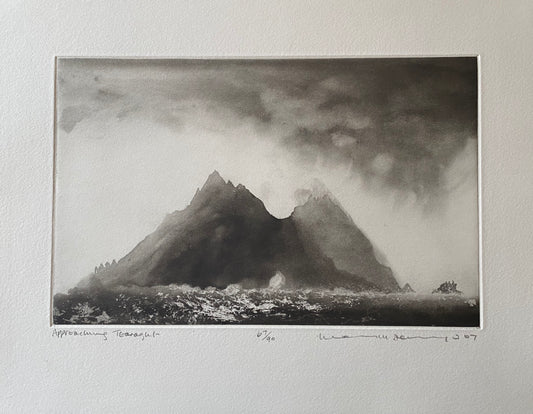 Please enquire
Please enquire Please enquire
Please enquire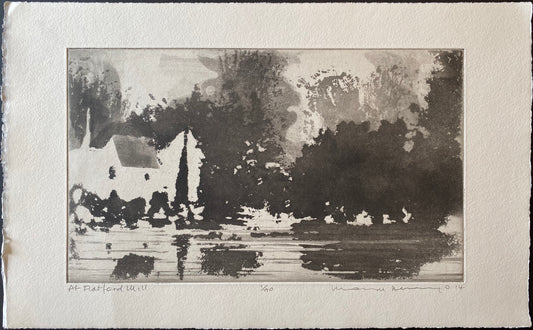 Please enquire
Please enquire Please enquire
Please enquire Please enquire
Please enquire Please enquire
Please enquire Please enquire
Please enquire Please enquire
Please enquire
